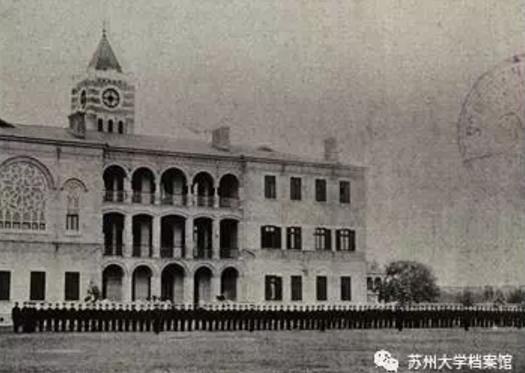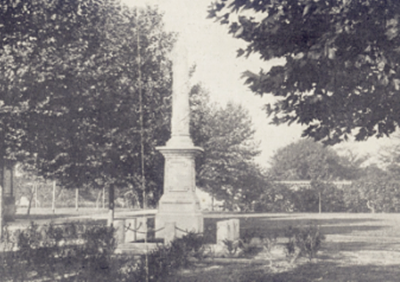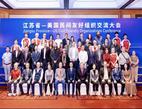David Laurence Anderson was a missionary sent by the American Methodist Episcopal Church, South (AMEC) to China. He worked in Suzhou, Jiangsu, for years, and was known as the first president of the famous church university, Soochow University.
In February 1850, David L. Anderson was born into a merchant's family in Georgia, the United States, and later studied in Virginia's Washington and Lee University. Receiving a call from the Holy Spirit, he was determined to become a missionary. In 1882, he came to China by boat along with other missionaries, including William Hector Park and Walter Russell Lambuth. He preached the gospel in Jiading, a suburban district of Shanghai. He later he moved to Suzhou, hailed at the time as the "Venice of the East". The mission in Suzhou developed quickly, thus in 1886, the Suzhou parish of AMEC was established. Five years later, Anderson and other workers built Lequn Social Church in Gongxiang Alley, Suzhou. Anderson became its first pastor.
In 1895, China was defeated by Japan in the First Sino-Japanese War, which caused an uproar in the country. Some young students were aroused and felt an urgent need to study western culture. At the end of that year, a group of students visited Anderson in the Church and asked him to teach them western culture and knowledge. Anderson granted their request the following year. He founded Kung Hang School and the initial number of students reached 25. As of November 1898, the students outnumbered 100. A year later, Methodist missionaries like Young John Allen decided to set up a university in Suzhou. Anderson was commissioned to raise a fund back in the United States. However, the Boxer Uprising took place and Kung Hang School was unfortunately forced to close; worse still, the plan to found a university had to be put aside.
After the unrest was quelled, Anderson returned to Suzhou. He founded Central University of China (renamed " Soochow University" in the Republic of China) in March 1901, one of the earliest church universities in China. He held the post of the first president. In the early days, there was only a middle class in which less than 100 students were enrolled. In 1905, it started to take in 12 university students. The western courses followed the example of American universities. The Chinese courses were distinct with three departments of theology, liberal arts and science (which comprised medicine), as well as some attached middle schools.
Adhering to the guideline of education paralleling evangelism, Anderson stated that Chinese Christian universities should work for two purposes: offering higher education to Christian workers in China and helping non-Christian Chinese people benefit from western learning and accept Christian influence. Stressing upon the approach of acting according to circumstances, he advocated for "localized" education. In addition, he emphasized on character education - "regarding each student as an independent personality who should not rely on the constraint of discipline as much as possible". He was committed to "high ethical standards, polite behaviors, and obedient character".
Ploughed and cultivated by Anderson and his successors, Soochow University became one of the most renowned universities during the Republic of China period. It trained many talents for China, such as Charlie Soong, Soong Ching-ling, John Wu Ching-hsiung, Fei Xiaotong, and T. C. Chao.
- Translated by Karen Luo













